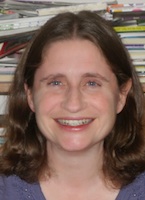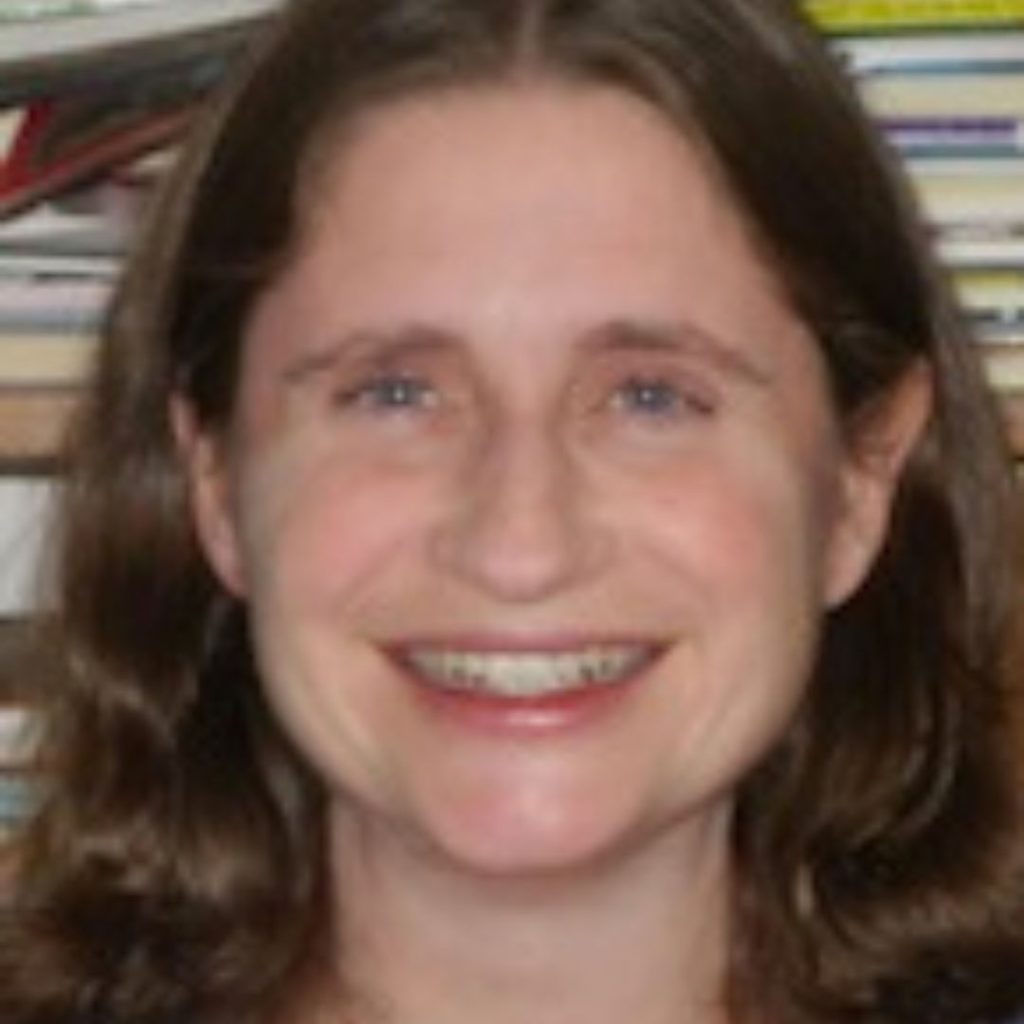
Climate Warriors
Where I live, in Maryland, people expect winter to be cold and snowy, at least some of the time. But we haven’t had any snow days this year. We haven’t had enough snow for sledding or making a snowman. By mid-February, all the spring flowers were blooming—white snowdrops, purple crocuses and yellow daffodils popping up in the woods where I like to hike, and in nearby gardens. On my daily winter walks, I ran into many neighbors and their dogs, all less bundled-up than in winters past. If I asked, “what do you think of this weather?,” I tended to get the same kinds of responses over and over: “I’m happy it’s 70 degrees in February, but it feels unnatural” and “if anyone needs proof of climate change, they should just walk outside today” and “I guess snow days are a thing of the past.”
Kids—my own children, and others—hear all of these comments. They take them in. And they worry. By upper elementary school, many kids know they are growing up in an era where climate change is a huge problem. They hear about it at school, in the news, and in casual conversations between grown-ups. These kids know that climate change is real, that it is caused by humans, and that they will be dealing with its effects as adults. Some kids are struggling with “climate anxiety,” also called “ecoanxiety,” which has been defined by the American Psychological Association as “the chronic fear of environmental doom.” I hope that Climate Warriors (Lerner, 2023) can help all kids, especially those dealing with climate anxiety, to feel inspired and empowered rather than hopeless and doomed.
Climate Warriors doesn’t dispute that climate change is an enormous problem. In fact, I wrote in the book that “climate change is the largest environmental challenge humans have ever faced.” But within the pages of Climate Warriors, readers will meet fourteen scientists who are thinking about the problem of climate change (and potential solutions) in fourteen very different ways. Some of these scientists work in labs wearing white coats, and their work—developing biofuels, growing meat in a lab, and inventing new fuel cells—will intrigue students who already love science and can see themselves working in labs one day. But those students who think they don’t like science, and who can’t envision themselves growing up to be scientists, might be surprised to meet other types of scientists in the book—an economist, for example, a psychologist, an expert in artificial intelligence, and a scientist who investigates how cities can be more climate-friendly. Perhaps students who can’t imagine themselves working in a lab can see themselves in these other careers. Moving even further away from science in a lab setting, students who like being outside will meet a hydrologist who gets to jump in rivers and climb towers as part of his job, an ecologist who stomps through wetlands, getting muddy collecting soil samples, and a conservation biologist who carefully moves lichens from place to place with tweezers. Readers will see that professional scientists have very different interests from one another, and that “scientist” can be a career for anyone who is curious—who wants to learn about and help our world.
As students meet the fourteen diverse scientists featured in Climate Warriors, they will learn what the scientists were like as kids, and what drew the scientists to their work. Students will observe the creativity and innovation that each scientist brings to the problem of climate change and will see that they too can harness their skills and interests to attack this challenge, both now and in the future. While Climate Warriors offers specific actions that kids can take to help slow climate change, young readers may be inspired to come up with additional ideas of their own. Most of all, the fourteen amazing scientists introduced in Climate Warriors remind us not to give up—not on climate change specifically, and not on any other challenge that humans might face in the future.

Text and images are courtesy of Laura Gehl and may not be used without express written consent.


Leave a Reply